The Meaning Behind
The color of urine
The color of your urine can change for many reasons. These can range from the food you eat, to the medicines you take, to certain medical conditions.
The more water you drink, the clearer your urine looks.

Normal urine color is usually clear or pale yellow.
Dark yellow urine can be normal, but it might mean you need more fluids.
Amber or honey colored urine means you aren’t drinking enough water.
Some foods can change
your urine color:
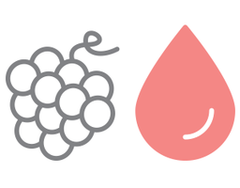
Beets, blackberries and rhubarb can turn your urine red or pink.
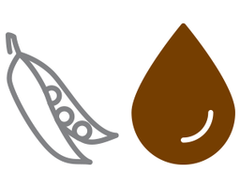
Eating large amounts of fava beans can cause dark brown urine.
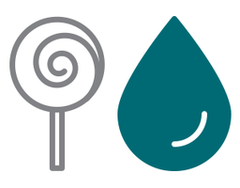
Eating foods with a lot of food dye can lead to blue or green urine.
Some medicines can also change your urine color:
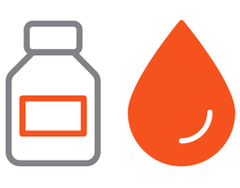
Reddish orange: phenazopyridine (Pyridium) – a drug that numbs urinary tract discomfort; and laxatives containing senna.

Orange: the anti-inflammatory drug sulfasalazine (Azulfidine); phenazopyridine; some laxatives; and certain chemotherapy drugs.
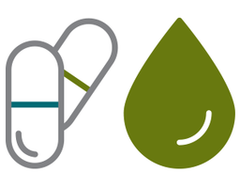
Blue or green: the antidepressant amitriptyline; the pain reliever indomethacin (Indocin, Tivorbex); and the anesthetic propofol (Diprivan).
Call your doctor if you see a change in your urine that doesn’t seem linked to a new medicine you’re taking, or a recent meal–especially if the change lasts more than a day or so.

See a doctor if your urine contains blood or is dark. Blood in the urine warrants further investigation as it could be a sign of a urinary tract infection, kidney stones or urinary tract cancer.

Dark or orange urine may signal a liver problem.

Green urine could also be a sign of a bacterial infection in the urinary tract.
For more information on Bladder Health, visit the Urology Care Foundation’s website: UrologyHealth.org
UrologyHealth.org | SUMMER 2018 | UROLOGYHEALTH extra